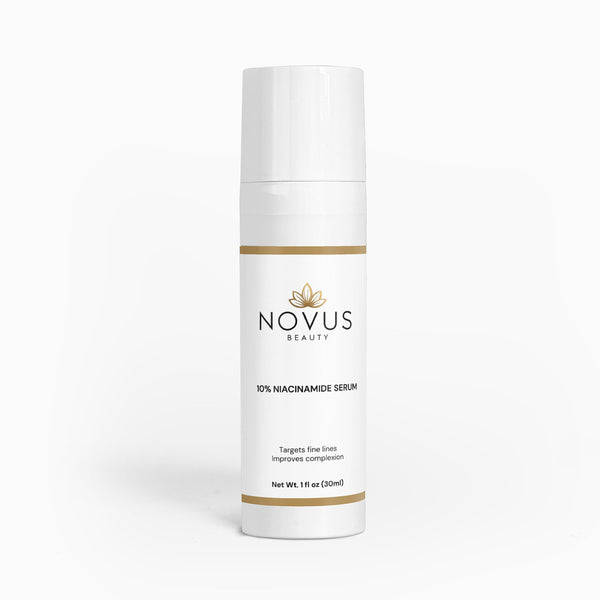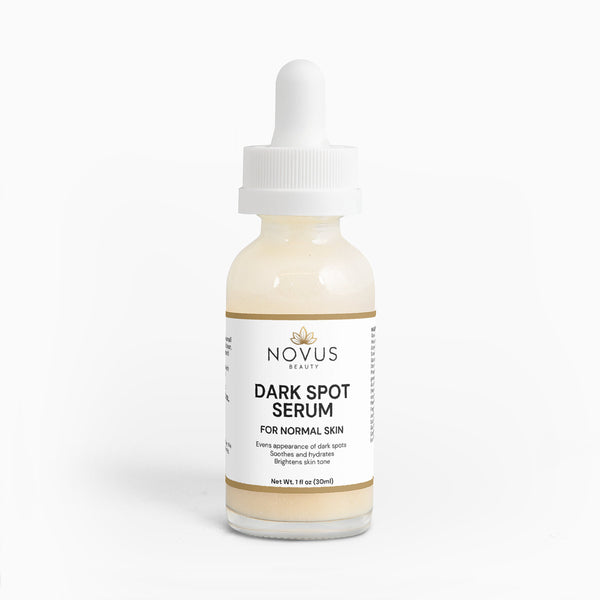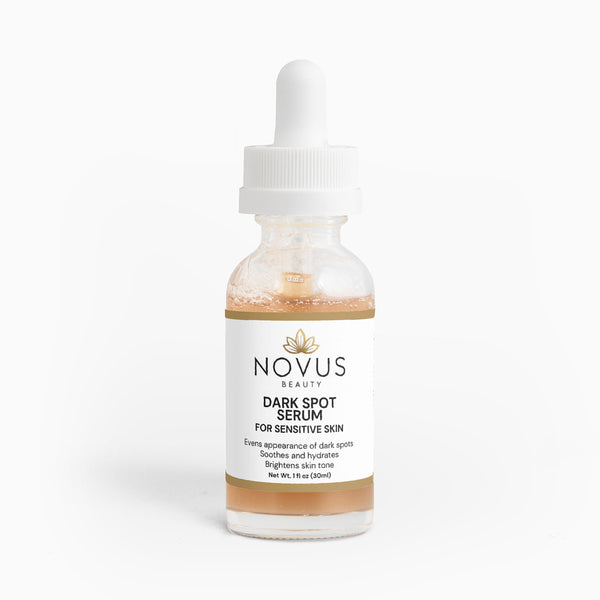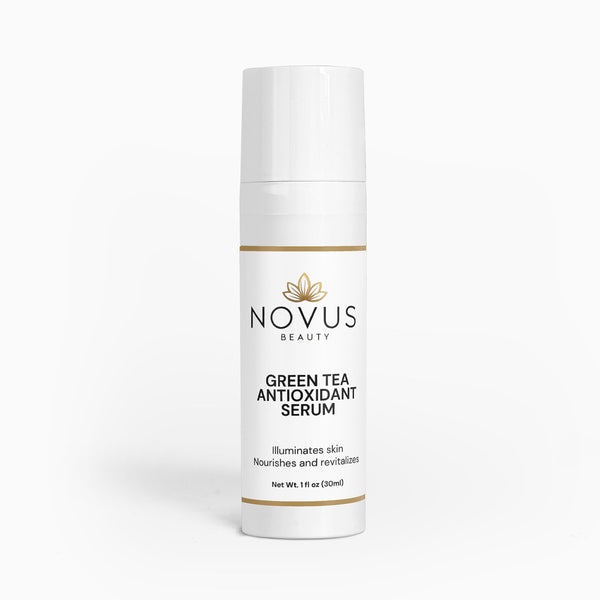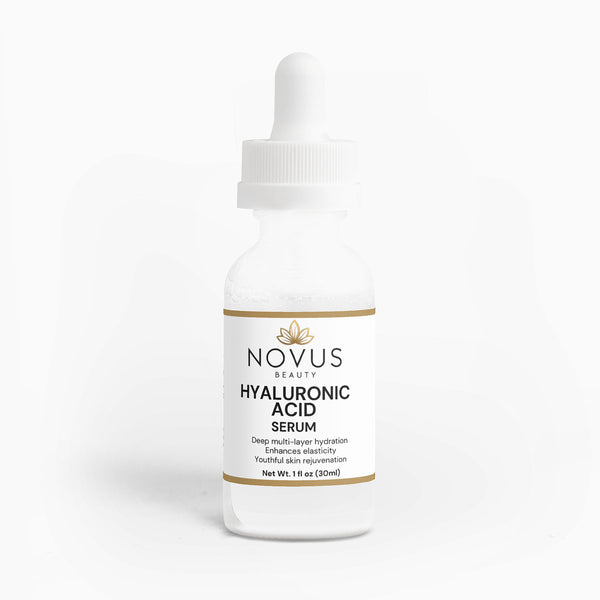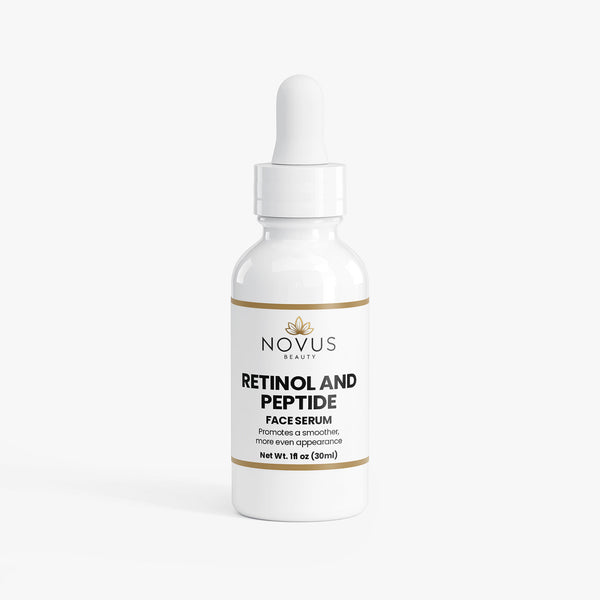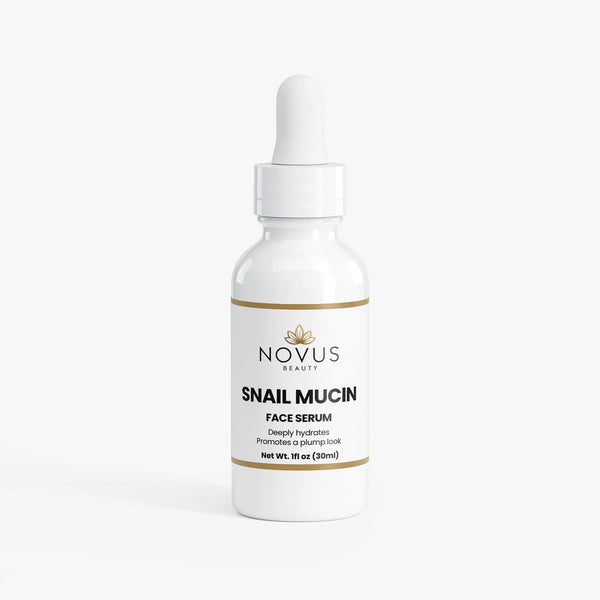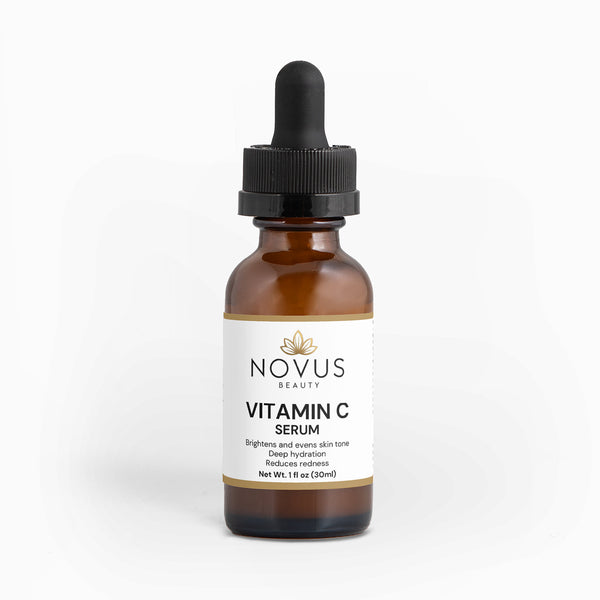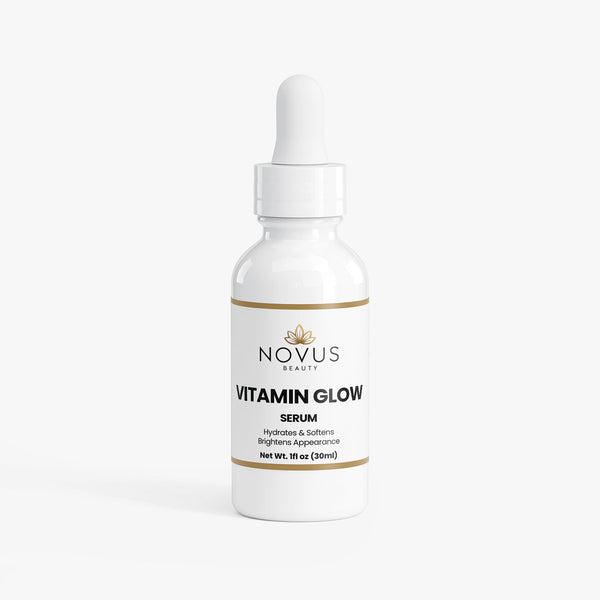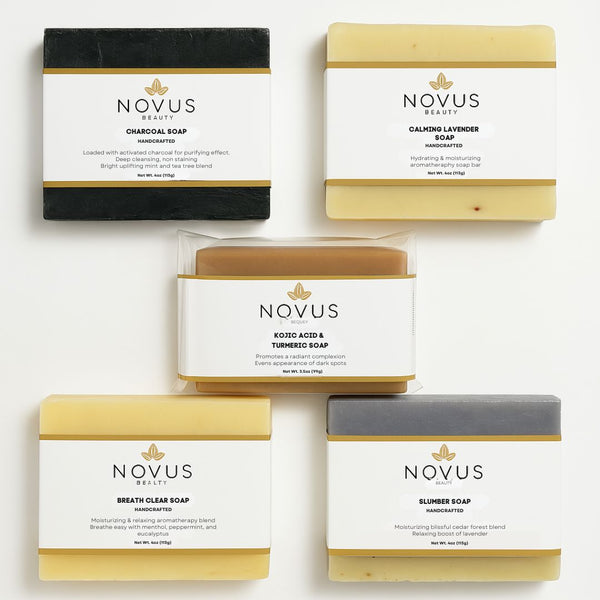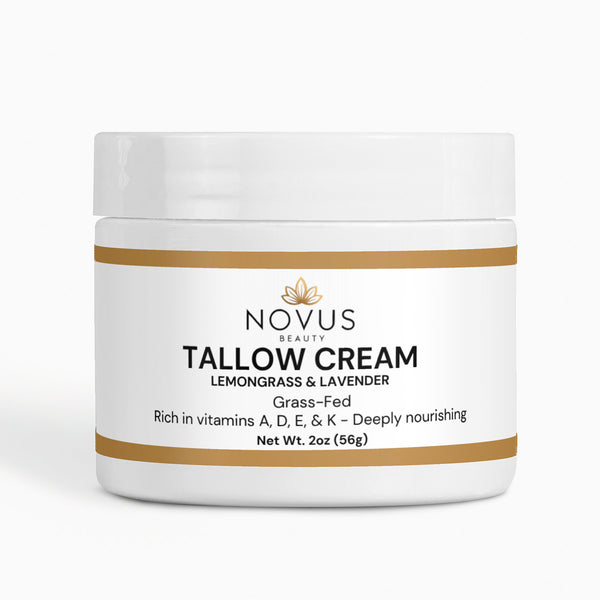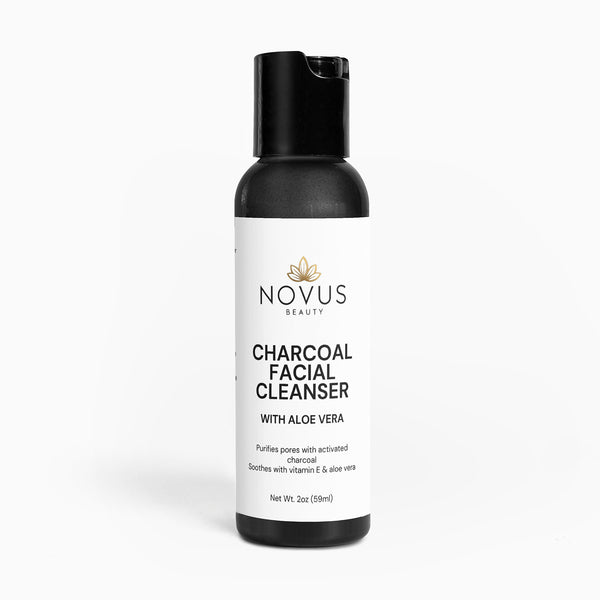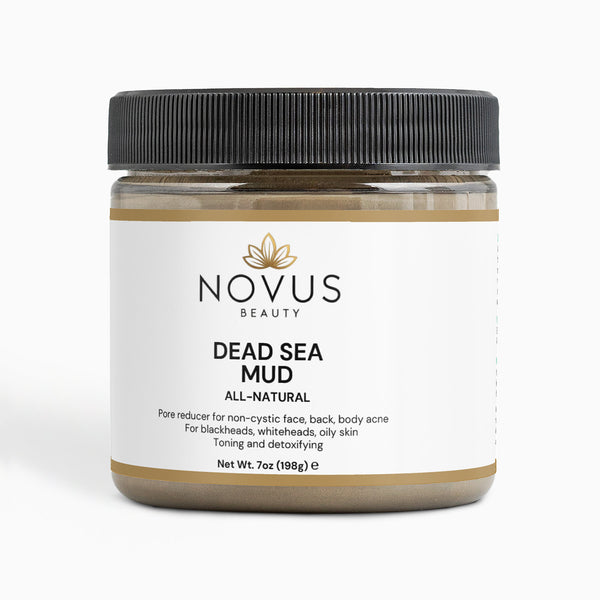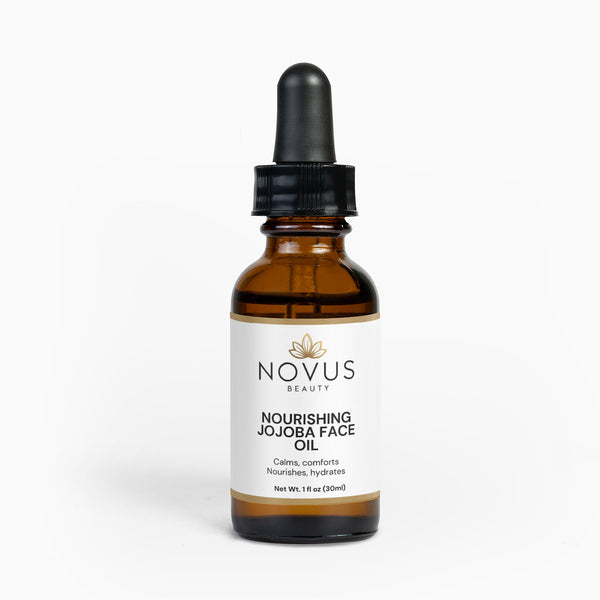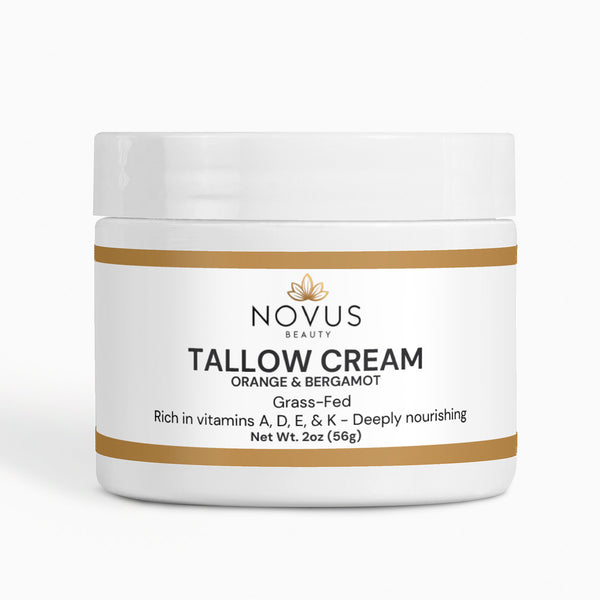If you've ever stood in front of your bathroom mirror, scrutinizing the various dark spots on your skin and wondering why that one universal "brightening serum" isn't delivering the results you hoped for, you're in good company. The journey to an even skin tone can feel confusing and frustrating, but the solution lies in a simple, often-overlooked truth: sun spots, melasma, and post-acne marks may look similar to the untrained eye, but they originate from vastly different processes within your skin.
Treating them with a one-size-fits-all approach is like trying to use a single key for three different locks—it simply won't work, and it often leads to wasted effort, money, and hope. True clarity—and true results—come from understanding the unique language of your skin's discoloration. Where does it appear? What seems to trigger it? By learning to answer these questions, you can finally choose a strategic, targeted routine that works with your skin's biology, not against it. This comprehensive guide will demystify the three most common types of hyperpigmentation and provide a clear, adaptable 24/7 system to help you treat each one effectively with the right natural ingredients.
The Root of All Dark Spots: A Quick Primer on Melanin
Before we differentiate the types, it's helpful to understand the common thread that binds them: melanin. Melanin is the natural pigment produced by specialized cells in your skin called melanocytes. Its primary job is a noble one—to act as your body's built-in sunscreen, protecting your skin from the damaging effects of UV radiation.
Hyperpigmentation occurs when these melanocytes become overstimulated, going into overdrive and producing an excess of melanin. This surplus pigment is then deposited in concentrated patches, creating what we see as a dark spot. The critical key to effective treatment lies not in blindly attacking all pigment, but in identifying what is overstimulating your melanocytes in the first place. Is it decades of sun exposure? A hormonal shift? Or the aftermath of a stubborn blemish?
Spot the Difference: Your Guide to Identification
Learning to identify your spots is the first and most crucial step toward treating them correctly. Use this guide as a starting point for your skincare detective work.
| Feature | Sun Spots (Solar Lentigines) | Melasma | Post-Acne Marks (PIH) |
|---|---|---|---|
| What They Are | Flat, tan to dark brown spots resulting from cumulative sun exposure. | A chronic, complex condition presenting as symmetric, blotchy, brown or gray-brown patches. | Pink, red, purple, brown, or black flat marks left after a pimple or skin injury has healed. |
| Main Cause & Triggers | UV exposure (sun damage) is the sole culprit. | A combination of hormones, genetics, and triggers like UV rays and heat. | Inflammation from acne, picking, eczema, or any skin injury. |
| Common Locations | Face, décolletage, hands, arms—areas most exposed to the sun. | Cheeks, forehead, upper lip, chin, and jawline—often in a symmetrical, mask-like pattern. | Anywhere a blemish or injury occurred; pattern is random, not symmetrical. |
| Texture & Color | Flat, well-defined, and uniform in color. | Flat, with irregular, blurry borders; can have a reticulated (net-like) appearance. | Flat (unlike textured acne scars); color depends on your skin tone and the intensity of the inflammation. |
| Key Treatment Goal | Prevent & Correct: Block UV-triggered melanin and accelerate cell renewal to shed damaged cells. | Stabilize & Calm: Manage triggers and use gentle ingredients to inhibit melanin production without causing irritation. | Soothe & Fade: Control active breakouts and inflammation, then disperse residual pigment. |
Diving Deeper: The Science and Strategy Behind Each Type
Sun Spots (Solar Lentigines): The Story of Sun Damage
Think of sun spots as your skin's permanent ledger of past sun exposure. Unlike freckles (ephelides) that may come and go with the seasons, solar lentigines are a direct sign of photodamage. They appear when years of UV radiation cause localized melanocytes to multiply and produce excess pigment in specific, concentrated areas. They are a clear signal from your skin that its defense mechanisms have been overwhelmed.
Your Product Strategy for Sun Spots:
The approach is two-fold: aggressively prevent new damage and actively reverse existing spots with cell-renewing ingredients.

-
Prevention Powerhouse: A Vitamin C Serum is non-negotiable. As a powerful antioxidant, it helps neutralize free radicals generated by UV exposure before they can trigger melanin production. It also helps inhibit the tyrosinase enzyme, further preventing new pigment formation.

-
Correction & Renewal: A Retinol and Peptide Face Serum is ideal for this concern. Retinol, a gold-standard ingredient, accelerates skin cell turnover, helping to quickly shed pigmented, sun-damaged cells and reveal fresher, brighter skin underneath. The peptides support skin repair and firmness, addressing other signs of aging that often accompany sun spots.
Melasma: The Hormonal Puzzle
Melasma is a complex, chronic condition that requires a gentle yet incredibly persistent approach. It's driven predominantly by internal factors like genetics and hormones (particularly estrogen and progesterone), which is why it's so common during pregnancy (chloasma), menopause, or while using hormonal birth control. These internal triggers make melanocytes hypersensitive and easily stimulated by external factors—not just UV rays, but also heat (think hot yoga, steaming showers, and cooking over a stove) and visible light.
Your Product Focus for Melasma:
The goal is to stabilize the hyperactive melanocytes and block pigment production without causing any irritation, which can paradoxically worsen melasma (a phenomenon known as post-inflammatory hyperpigmentation).

-
Gentle, Strategic Brightening: Our Kojic Acid & Turmeric Soap offers a gentle way to introduce a powerful brightener into your routine. Kojic acid works by blocking the tyrosinase enzyme, while turmeric provides anti-inflammatory benefits. Using it as a cleanser minimizes potential irritation while delivering benefits.

-
The Multi-Tasking Soother: 10% Niacinamide Serum is a cornerstone for melasma management. It doesn't just help reduce the transfer of pigment to skin cells; it also calms inflammation, strengthens the skin barrier, and can help reduce redness—making it uniquely suited for this sensitive condition.
Post-Acne Marks (PIH): The Aftermath of Inflammation
Post-inflammatory hyperpigmentation (PIH) is your skin's well-intentioned but overzealous response to trauma or inflammation. When you have an inflamed pimple, a wound, or even just habitually pick at your skin, the healing process releases inflammatory mediators. These chemicals, in turn, act as a signal, stimulating nearby melanocytes to dump pigment into the area as part of the repair process. The depth and color of the mark depend on your skin tone and the severity of the inflammation. The good news? Unlike true acne scars that involve texture changes from collagen damage, PIH is flat and can fade on its own—though it can take anywhere from 3 months to 3 years without the right treatment.
Your Product Focus for Post-Acne Marks:
The strategy is twofold: prevent the mark from forming in the first place by calming active acne quickly, and then fade existing marks with gentle, effective brighteners.

-
Soothe & Heal Active Breakouts: The Aloe & Tea Tree Radiance Gel is perfect for its dual-action approach. Tea tree oil helps clarify bacteria, while aloe vera provides intense cooling and anti-inflammatory properties to calm the redness and swelling that leads to PIH.

-
Fade & Clarify Existing Marks: Our Dark Spot Correcting Serum for Normal Skin or Dark Spot Serum for Sensitive Skin are formulated with a blend of brightening agents that target the residual pigment left behind after a breakout has healed, helping to restore an even tone.
Building Your Adaptive 24/7 System for an Even Tone
This foundational routine can and should be customized based on your primary concern. Remember, sun protection is the non-negotiable pillar that supports success in treating all three types of hyperpigmentation.
The Universal Morning Routine: Protect & Prevent

-
Gentle Cleanse: Start with a mild, non-stripping cleanser like Gentle Cleansing Gel to refresh skin without compromising its barrier.
-
Treat (Antioxidant Shield): Apply Vitamin C Serum to neutralize free radicals, brighten your complexion, and boost the efficacy of your sunscreen.

-
Hydrate & Balance: Use a lightweight hydrator like Hydro Balancing Gel-Cream to maintain optimal hydration levels, which is crucial for a healthy, resilient skin barrier.
-
SUNSCREEN (Your MVP): Apply a broad-spectrum SPF 30 or higher. This is the single most important step. For melasma, a mineral sunscreen with zinc oxide/titanium dioxide is often better tolerated. Reapplication throughout the day is crucial.
The Customizable Evening Routine: Correct & Repair
-
Thorough Cleanse: Begin with a double cleanse if you wear makeup or heavy sunscreen. The Kojic Acid & Turmeric Soap can be an excellent first or second step.
-
Treat (Your Targeted Treatment Step): This is where you customize your routine based on your specific concern (see below).

-
Nourish & Restore: Finish with a nourishing moisturizer like Peptide Moisturizer to support your skin's natural overnight repair processes.
How to Customize Your Evening Treatment Step

-
For a Sun Spot-Focused Routine: Prioritize cell renewal. Use the Retinol and Peptide Face Serum 3-4 nights a week, building up tolerance slowly. On alternate nights, use a hydrating serum like the Hyaluronic Acid Serum.
-
For a Melasma-Focused Routine: Prioritize gentle brightening and barrier support. Use the 10% Niacinamide Serum nightly. You can alternate this with a gentle exfoliating toner like the Gentle Balancing Toner 1-2 times a week, but always listen to your skin and stop if you notice any irritation.
-
For an Acne Mark-Focused Routine: Prioritize calming and fading. If you have active breakouts, apply the Aloe & Tea Tree Radiance Gel to those areas. Then, apply your Dark Spot Correcting Serum all over or as a spot treatment to existing marks.
Key Takeaways for Your Journey to Even-Toned Skin
-
Diagnosis is Power: Taking the time to understand whether you're dealing with sun damage, a hormonal condition, or post-inflammatory marks is the first and most critical step toward clear skin.
-
Sunscreen is Non-Negotiable: Let us be perfectly clear—there is no successful long-term treatment for any form of hyperpigmentation without diligent, daily, and re-applied sun protection. It is your best investment.
-
Consistency Over Intensity: Gentle, consistent care delivered over months will always deliver better and more sustainable results than aggressive, sporadic treatments that shock the skin—especially for sensitive conditions like melasma.
-
Patience is Your Greatest Ally: Your skin's natural renewal cycle takes approximately 28-40 days. Meaningful, visible results require a minimum of 8-12 weeks of unwavering consistency. Trust the process.
Your path to clearer skin isn't about fighting every dark spot with the same weapon. It's about strategic, intelligent care. By listening to what your skin is telling you, understanding the nuances of your unique concerns, and adapting your routine accordingly, you can effectively manage your hyperpigmentation and reveal the radiant, even-toned complexion that reflects the health of your skin.
Now that you've learned the differences, which type of hyperpigmentation do you think you're dealing with? What has been your biggest 'aha!' moment? Share your thoughts or questions in the comments below—we learn so much from each other's journeys!
